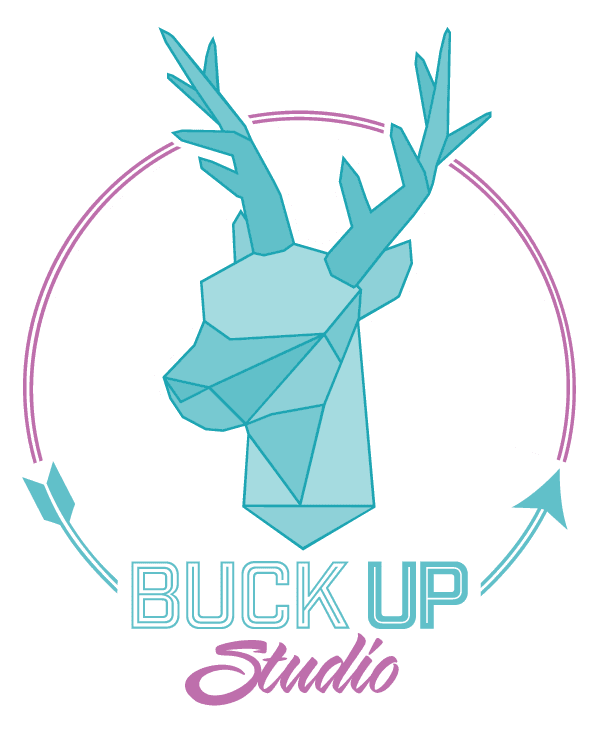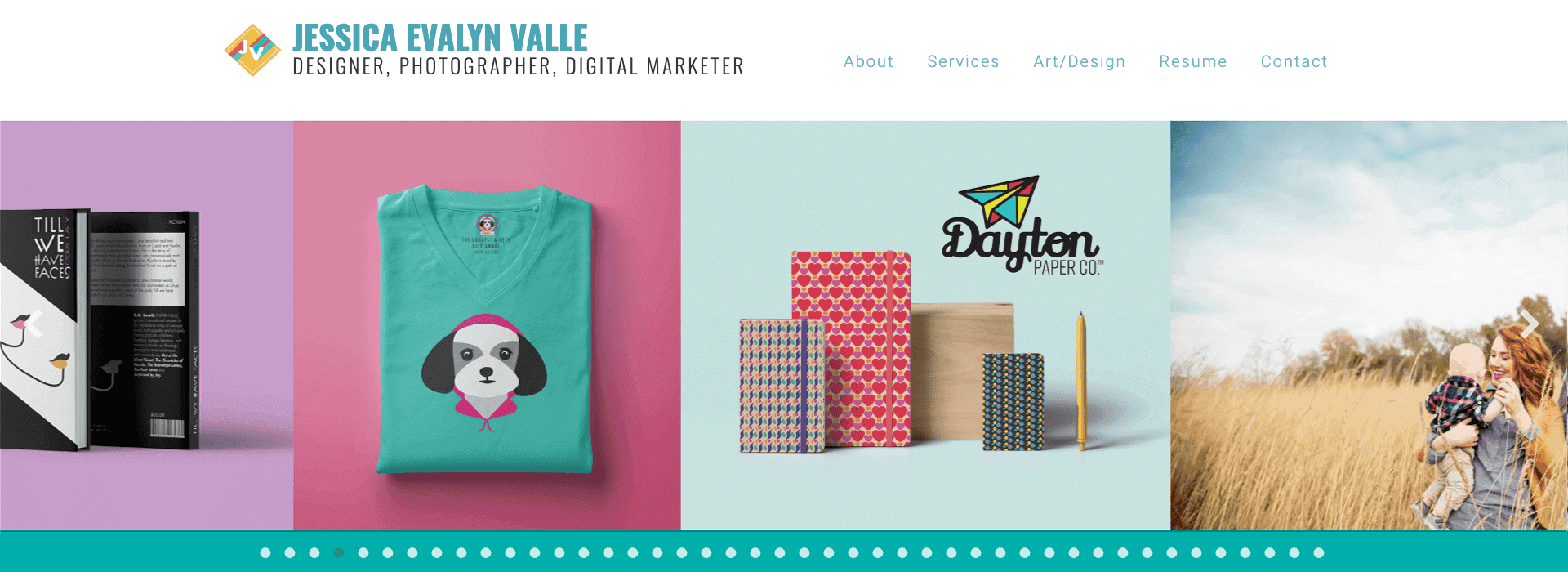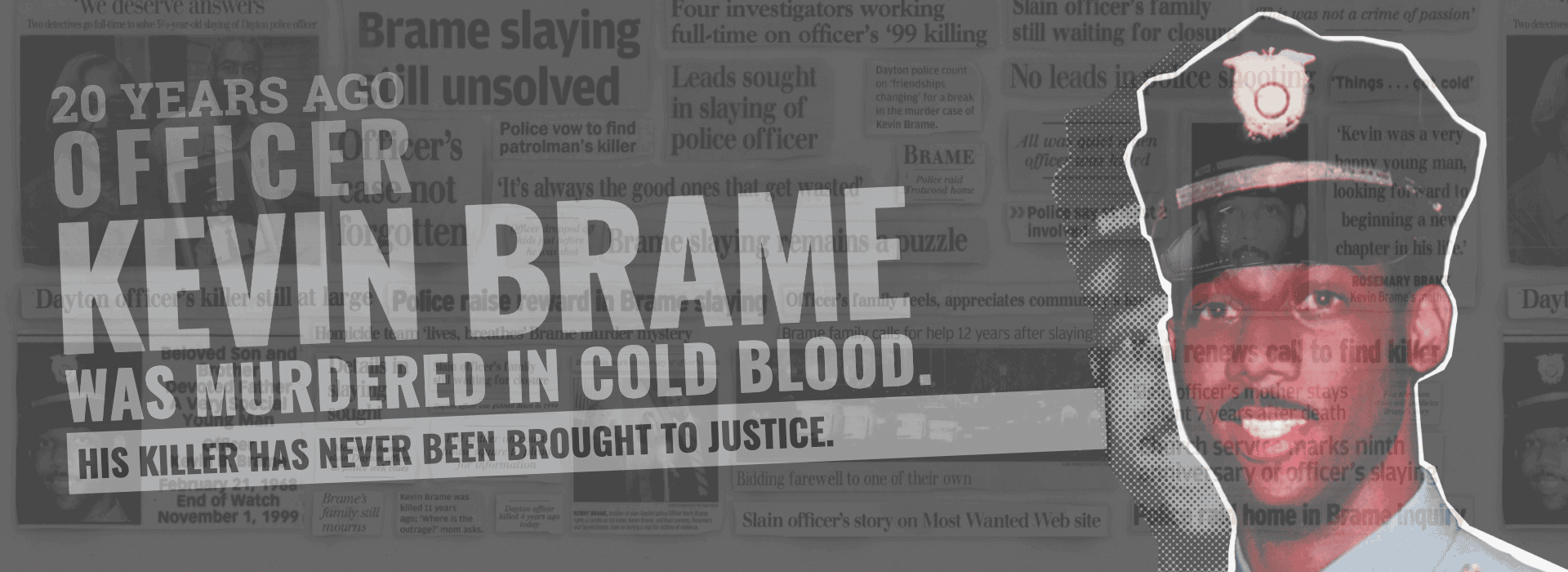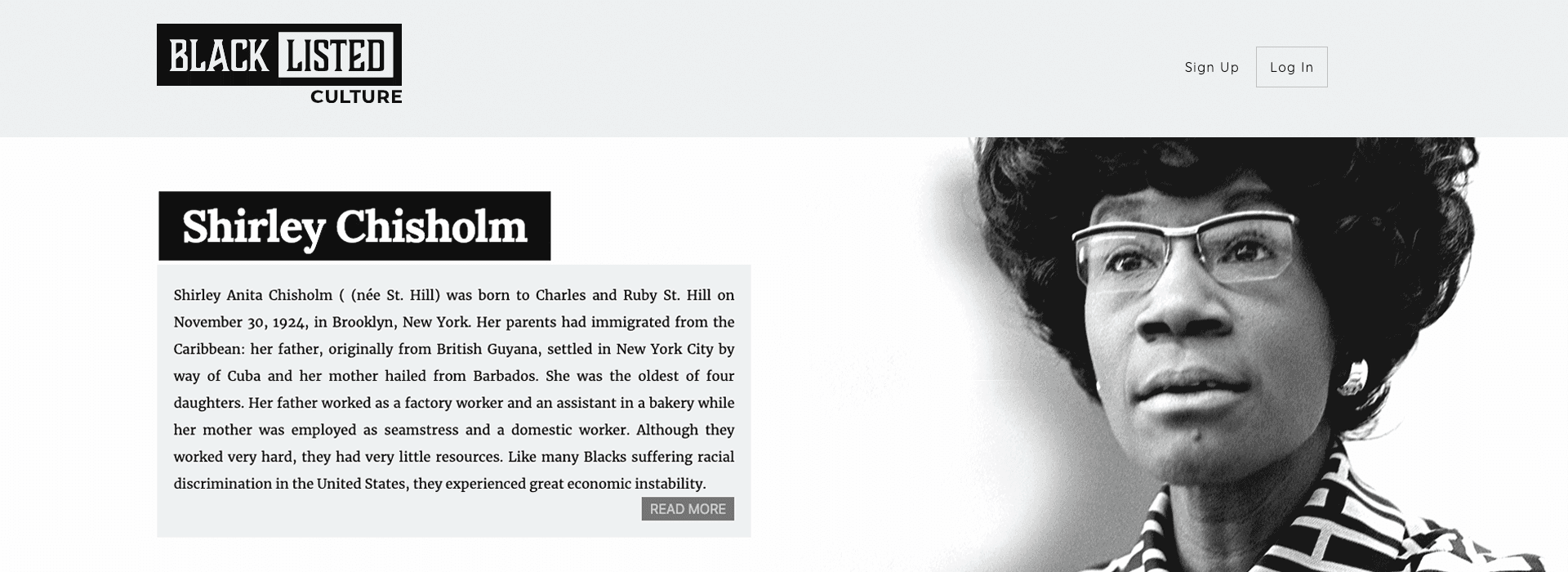Picture Patagonia's majestic mountain range silhouette, Nike's iconic swoosh, or the Amazon's clever smile. These aren't just logos – they're visual stories that capture the essence of their brands in a single glance. Whether it's REI's outdoor spirit or Apple's elegant simplicity, the most memorable logos share a power to instantly connect with their audience. But what makes these logos so magnetic? Let's explore the art and science of creating a logo that doesn't just exist – it makes a lasting impression.
Why Your Logo Matters More Than You Think
Your logo is like your brand's handshake – it's often the first impression people have of your business. In today's scroll-and-go world, you've got about 0.05 seconds to make that impression count. No pressure, right?
The Psychology Behind Memorable Logos
Before we jump into the tips, let's talk about why some logos stick while others slip through the cracks of our memory. Studies show that the most memorable logos share three key qualities:
- Simplicity: Easy to recognize and remember
- Relevance: Connected to the brand's purpose
- Uniqueness: Distinguished from competitors


1. Embrace Uniqueness (But Keep It Simple)
(Icon: Fingerprint)
Creating a unique logo is about finding that perfect balance between standing out and staying relevant. Your logo should have signature elements that set it apart from the competition while remaining true to your brand's core identity. Just as Mastercard's overlapping circles or FedEx's hidden arrow create distinctive visual hooks, your logo should offer something unique that captures attention and memory.
How to Be Unique While Staying Simple:
- Start with your core values
- Focus on one distinctive feature
- Avoid trending designs that will age quickly
- Test your design in black and white first
2. Master the Art of Simplicity
(Icon: Minimize)
Think of simplicity in logo design as the art of saying more with less. The best logos communicate volumes through minimal elements, proving that sometimes the clearest message is the one uncluttered by excess detail. Consider how brands like Apple and Nike have built global recognition through remarkably simple designs that remain instantly recognizable and timeless.
Keys to Simplicity:
- Use negative space creatively
- Limit yourself to 2-3 colors maximum
- Choose clean, readable typography
- Remove unnecessary elements
- Ensure it works at any size


3. Choose Colors That Speak Your Brand Language
(Icon: Palette)
Color selection in logo design is a strategic choice that can make or break your brand's visual identity. Every color carries psychological weight and cultural significance, making your palette a powerful tool for communication. A thoughtful color strategy, like IBM's trustworthy blue or Coca-Cola's energetic red, can become an integral part of your brand's recognition.
Color Psychology in Action:
- Blue → Trust, stability (Perfect for: Financial services, tech)
- Red → Energy, passion (Great for: Food, entertainment)
- Green → Growth, health (Ideal for: Eco-friendly, wellness)
- Yellow → Optimism, creativity (Works for: Children's products, creative services)
- Black → Luxury, sophistication (Excellent for: Fashion, premium brands)
4. Be Bold (But Stay Legible)
(Icon: Bold)
Making a bold statement with your logo means finding that sweet spot between innovative design and practical functionality. A powerful logo commands attention while maintaining its clarity and purpose across all applications. Consider how Target's simple yet bold bullseye or McDonald's distinctive golden arches make strong statements while remaining instantly recognizable.
Ways to Make a Bold Statement:
- Use unexpected color combinations (that still work together)
- Play with typography in unique ways
- Create custom letterforms
- Use clever negative space
- Incorporate subtle symbolic elements


5. Balance Typography and Visual Elements
(Icon: Layout)
Achieving the perfect balance between text and imagery in your logo is like conducting an orchestra – every element must work in harmony toward a common goal. Think about how brands like Spotify combine their wordmark with a simple yet distinctive icon, or how Google's playful letters stand confidently on their own. This careful orchestration ensures that each component enhances rather than competes with the others.
Tips for Perfect Balance:
- Ensure text is readable at all sizes
- Create harmony between symbol and text
- Consider how elements work separately and together
- Test different arrangements and spacing
- Make sure it works in both horizontal and vertical formats
How to Know If Your Logo Works

- Be recognizable in any size
- Work in color and monochrome
- Look good on any background
- Be memorable after one viewing
- Reflect your brand's personality
Common Logo Design Pitfalls to Avoid

- Following design trends blindly
- Making it too complex
- Using generic stock elements
- Copying other brands
- Overlooking scalability
Ready to Create Your Memorable Logo?
Your logo is more than just a pretty design – it's the face of your brand in an increasingly visual world. Whether you're starting from scratch or refreshing your existing logo, remember that the best logos tell a story while keeping it simple.
Need help creating a logo that makes your brand unforgettable? Buck Up Studio specializes in crafting logos that don't just look good – they work hard for your brand. Let's create something remarkable together.
Contact Buck Up Studio Today → Let's design your memorable logo!
Ever feel like your brand identity is playing hide and seek, and it's winning? You're not alone. While everyone's talking about "building your brand," you're still trying to figure out what your brand even is. Don't worry—we're about to turn that identity crisis into your greatest strength.
What Does Being "Lost in the Sauce" Mean?
In the world of branding, being "lost in the sauce" means you're overwhelmed by options, competitors, and possibilities. It's like having all the ingredients for a gourmet meal but no recipe to follow. Let's turn that confusion into clarity with actionable steps that'll help you cook up a brand that's uniquely yours.


1. Craft Your Mission Statement: Your Brand's North Star
Imagine trying to navigate through the business world without a map – chaos, right? Your mission statement isn't just a fancy sentence; it's your GPS through the entrepreneurial wilderness. It's the difference between "we do stuff" and "we change lives."
How to Craft Your Mission Statement:
- Identify your core purpose: What problem does your business solve?
- Determine your 'why': What drives you beyond profit?
- Make it concise and impactful: One powerful sentence that resonates
2. Know Your Audience (Like, Really Know Them)
Before you start shouting into the void, let's figure out who's actually listening. Understanding your audience is like being a detective, except instead of solving crimes, you're solving business problems.
Demographics & Psychographics:
- Age range and location: Are they TikTok natives or LinkedIn veterans?
- Income level and spending habits
- Pain points: What keeps them tossing and turning at night?
- Goals and aspirations: What's their version of "making it"?
Example Buyer Persona: "Startup Sarah"
- 32-year-old tech entrepreneur
- Based in a major city
- Annual income: $85,000
- Challenge: Standing out in a crowded market
- Goal: Scaling while maintaining authenticity


3. Spy on Your Competition (The Legal Way)
Time to channel your inner Sherlock! Understanding your competition isn't about copying them—it's about finding the gaps they've left wide open for you to fill.
Strategic Competition Analysis:
- Identify 3-5 key competitors in your space
- Research their strengths and weaknesses
- Document what makes you different (and better)
4. Define Your Values (The Real Ones)
Your brand values are like your business's personality traits; they should be authentic, not aspirational. Think of them as your brand's non-negotiables, the hills you're willing to die on (professionally speaking, of course).
Value-Definition Process:
- List your non-negotiable principles
- Ensure they reflect in every customer interaction
- Communicate them consistently across all channels
Example Values in Action:
- Nike: "Just Do It" → Empowerment in action
- Patagonia: Environmental activism that walks the talk
- Buck Up Studio: Creativity with purpose, delivering results that matter


5. Get Feedback (And Actually Listen to It)
Create your own "Focus Group" – because sometimes the best feedback comes with a side of brutal honesty.
Questions to Ask: For Customers:
- "What three words describe our brand?"
- "Why did you choose us over competitors?"
- "What could we do better?"
- For Team Members:
- "Where can we grow?"
- "How would you explain our brand to a friend?"
- "What makes us different?"
6. Measuring Brand Success
(Icon: LineChart)
You can't improve what you don't measure. Here's how to know if your brand is resonating:
- Brand awareness metrics
- Customer feedback and testimonials
- Website engagement rates
- Customer loyalty statistics
- Social media engagement


7. Common Branding Pitfalls to Dodge
- Playing copycat with competitors
- Inconsistent messaging across platforms
- Ignoring customer feedback
- Trying to please everyone
- Chasing trends over authenticity
The Road Ahead
Your brand isn't just a logo or a catchy tagline—it's the secret sauce that makes your business uniquely yours. Think of it as your business's personality, handshake, and first impression all rolled into one powerful package.
Ready to transform your brand from "meh" to "memorable"? Buck Up Studio specializes in helping businesses find and amplify their unique voice in the digital wilderness. Let's create something that doesn't just stand out—it stands up and demands attention.
Contact Buck Up Studio Today → Let's cook up your secret sauce!

In her insightful blog post, "Crafting a Narrative: Mastering Storytelling in Your Design Portfolio," Kati Vervack emphasizes the importance of turning your design portfolio into a compelling narrative that captivates clients and employers alike. Think of your portfolio as a movie: each project is a scene, and the plot is your creative journey. Begin with a strong bio to set the tone, carefully select projects that reflect your skills and career goals, and organize them to tell a cohesive story. Detail each project with a mini-narrative, highlighting the challenge, your approach, the solution, and the results, incorporating visuals and descriptive text.
Use transitions and captions to connect projects, showcasing your growth and range. Conclude with a reflective summary and a call to action. Vervack also advises using storytelling techniques like showing through visuals, being authentic, keeping narratives clear and concise, and engaging emotionally with your audience.
By crafting a meaningful narrative around your work, you're not just showcasing designs—you're telling a story worth hearing. For a deeper dive, read the full post Click here for the full article!
Stay tuned to Buck Up Studios for more tips to elevate your design and branding game!








































What Our Clients Say